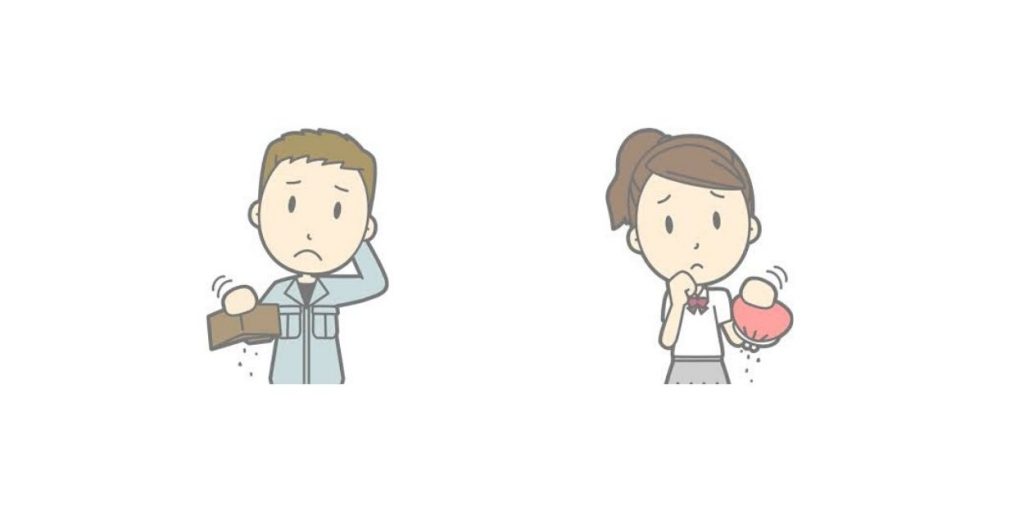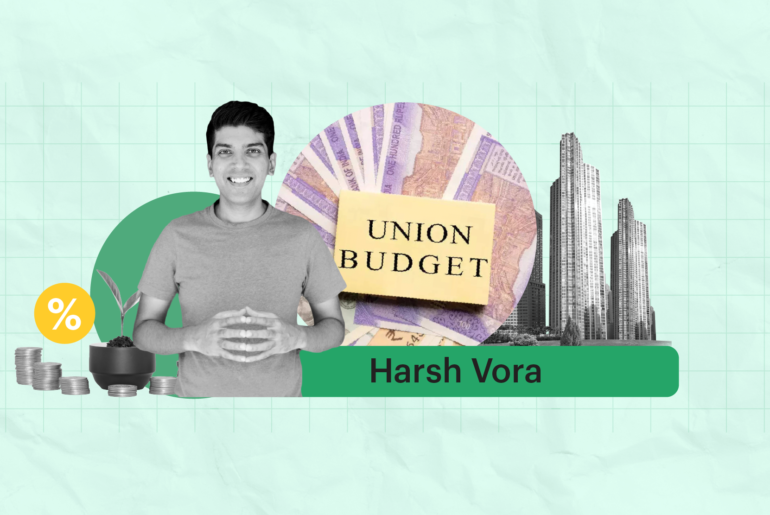Last Updated on Apr 13, 2020 by Aradhana Gotur
The deadly coronavirus has disrupted things at the grassroots level. Social distancing was well and good, but an ugly distance between citizens and their jobs has created much havoc in the households. Yes, we are talking about unemployment, a by-product of the 21-day nationwide lockdown. But being a double-edged sword, the lockdown is crucial to contain the spread of the virus.
Unemployment rate heading north
However, it has resulted in an unemployment rate of 23.4% as per the Centre for Monitoring Indian Economy (CMIE), a business information company that tracks unemployment data. While the figure was much more tolerable at 8.4% till 22nd Mar, unemployment rose to 23.4% by April 5. This is not all, experts believe that the actual rate of unemployment would be steeper as some employees are only sent home for now and maybe fired when the lockdown is lifted. This means that the figure may climb higher and show itself eventually.
Indian unemployment rate: the worst in the world
Says The Print, that the job-destruction caused by the virus in India might be the worst in the world’s economic history. Let’s talk numbers reported by CME. Out of the total population of ~137 crore, ~103 crore are above 15 years, which is considered as the working-age. In Feb 2020, before coronavirus triggered a lockdown, ~40.4 crore Indians had jobs. Last week, this figure fell to 28.5 crore, which means ~11.9 crore Indians are unemployed.
For more context: ~1 crore Americans are unemployed in the US as against ~11.9 crore back home during the same period. It all goes to say that households with an only bread-winner are most likely to be facing livelihood crisis.
Government’s efforts and the risks of getting poorer
Thankfully, the Ministry of Labour and Employment is looking to offer unemployment insurance called ‘Atal Beema Vyakti Kalyan Yojana’ to jobless workers if impacted by the coronavirus. However, they should have subscribed to ESIC for at least 2 years to get this benefit.
The danger of unemployment looms nonetheless. The UN has given a hair-raising alert that ~400 million workers of the informal economy in the country are at risk of falling into poverty due to the cascading effects of the coronavirus. So, what happens to them?




